Is It Possible to Phase Out Petroleum and Transform our Transportation System?
Union of Concerned Scientists
SEPTEMBER 26, 2022
o C in 2100, relative to pre-industrial times, is still avoidable, but whether or not we are able to stay within these limits and avert catastrophic climate change depends on achieving our climate goals of emissions reductions at least 50 percent below 2005 levels in 2030, on the way to net-zero emissions in 2050.


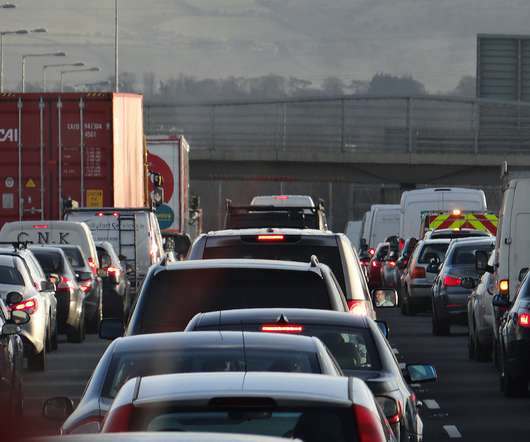
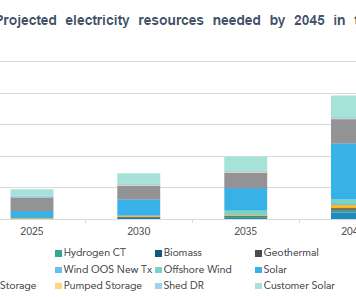
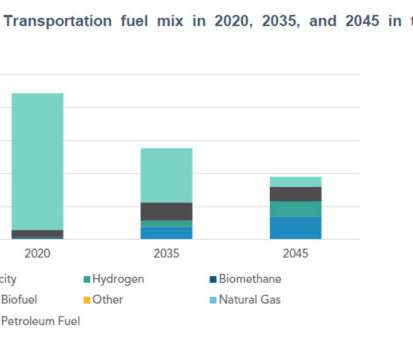
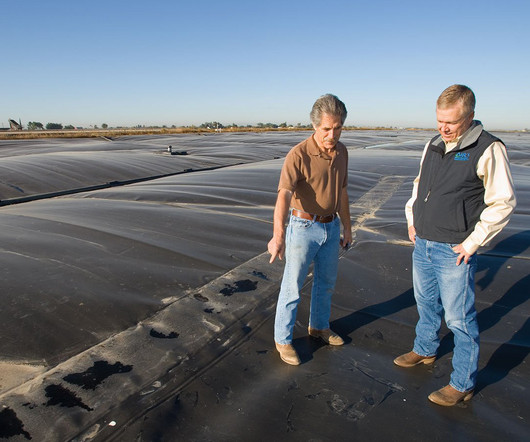

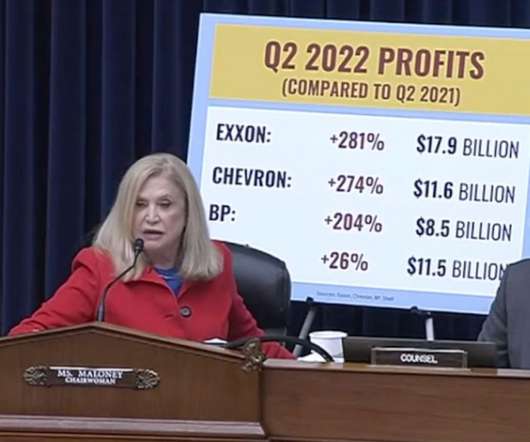










Let's personalize your content